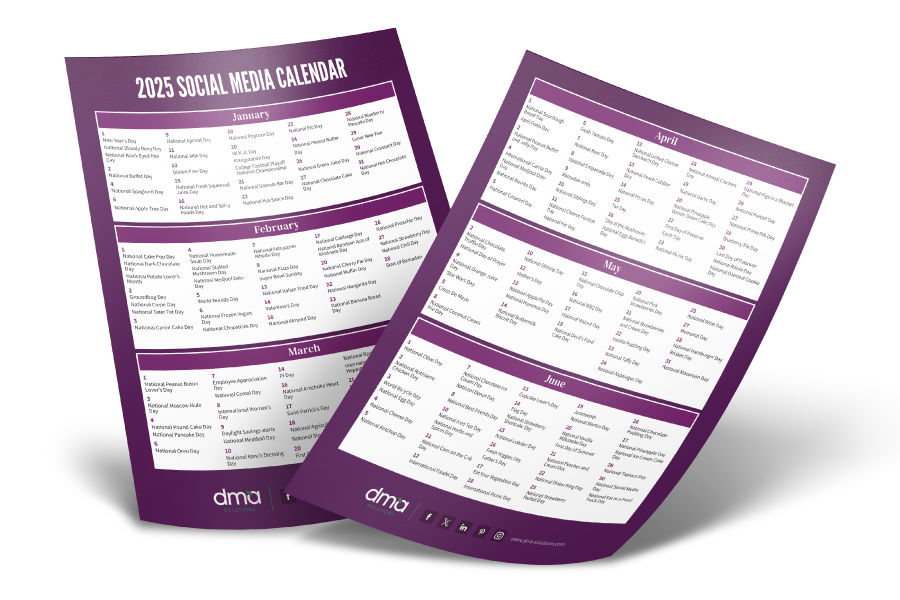You may not have heard of a brand lexicon before, but once we tell you a little more about it – you’re going to want one! A brand lexicon is essentially a fancy name for a list of words. What makes the words so unique is that they offer marketers and copywriters clear direction for the way words are used to describe the company, its products, services, and story. A brand lexicon can be a game-changer if branding and consistent messaging are an ongoing challenge within a company. Sound familiar? Read on…
If you are stuck or need direction on your brand voice or are in need of brand consistency, consider the benefits of starting with a brand lexicon to define the keywords that describe what you do, how you do it, and who you do it for.
What You Can Do With A Brand Lexicon
Create a Buyer Persona
A buyer persona is a basic profile of a target customer or consumer. It helps produce marketers visualize the ideal contact, their behavior, demographic profile, and psychographic information. You can determine your buyer persona through a variety of ways but in most cases, we have found that information and analytical data provided by Google Analytics, Facebook, Instagram, and Twitter are valuable (and free) sources when sourcing demographic and behavioral data.
Define Descriptive Words
Once the buyer persona is defined, conduct research to determine the language that the persona uses in their everyday lives to convey their interests, challenges, likes, and dislikes. We watch social media channels and blogs very closely when determining how consumers verbalize and react to particular topics and brands.
While conducting the research it is important to note where there is relevance between a buyer persona’s common use of words and the way you position elements of your brand. The idea is to bridge the gap in understanding between the consumer and the fresh produce brand by meeting the consumer on their terms.
For example, when defining your various audiences’ lifestyles, take descriptors beyond simply saying they are “healthy” to describe them as “living an active lifestyle” or having a “nutritious diet rich in fruits and vegetables.” Descriptive words and phrases help to take the gray area out of the language and add rich context around the topic or persona being discussed.
Creating the Lexicon
We recommend starting the lexicon creation journey by simply making a list of your brand’s most commonly used terms to describe your company, the products or services you sell, and how you position them to the consumer. This can be done by reading through the content presented on your website, company literature, or verbiage on social media.
Next, create a second list using your audience research that describes how the buyer persona defines the words on your list. This will help you to put some shape to the lexicon and guide you when determining the new positioning of the words that you use to describe your company and brand.
When complete, the lexicon will be a document that consists of two helpful lists:
- A list defining the way we currently present words and language to describe our company, products, and the value we provide to our audiences.
- A list defining the new way we present words to describe our company, products, and the value we provide to our audiences.
Using the Lexicon
Once the lexicon is complete, the document should be provided to the team of marketers and people that consistently conveys messaging whether written or oral on behalf of the company. Brand lexicons can be created for and shared with sales teams to help them position the company more effectively to buying customers and thus, help create a distinction between the way your company sells/brands itself compared to the competition.
When used most effectively, the lexicon is a fully integrated marketing tool that shapes the language for branding assets like a website, a tradeshow booth, or a piece of literature to ensure consistency.
We believe that branding and messaging are the right places for marketers to start when considering “how to improve marketing efforts” before spending money on other typical marketing focal points. As part of our Essential Services, we are offering companies the opportunity to work with DMA Solutions to develop and finalize a messaging guide to help shape a brand lexicon. Sound like something you might be interested in? We’d love to chat.
{{cta(’78d3fee5-7e8f-4f2a-b7d6-64eb5db8389f’)}}












